Let me start this article by asking an important question. Did you know that you can lose in a tournament match just because you made a draw
offer? You say huh?🙄🙄 How is that even possible? But the truth is that it is very possible in a chess game that you lose a match simply because of a draw offer made inappropriately.
In this article, I will be teaching you how to make a draw offer properly without being sanctioned by the tournament director(TD) for harrasment or being bullied by your god-like Magnus Carlsen looking opponent who has been craving for your head.
There are basically four types of draw in a chess match which is expected of an average player to know. I will take my time to go through them here in this article. They are namely,
- Draw by Agreement: This happens when two players in a chess match agree between each other that the match should end in a draw. This might be as a result of complexity that exists on the board which makes
it difficult for them to proceed or by perpetual checks or the absence of clear targets and no
plans by both players. In this case, the game ends in a draw by one person offering draw to the other
and the other person accepting it. This is the most common type of draw in chess games especially in the advanced level.
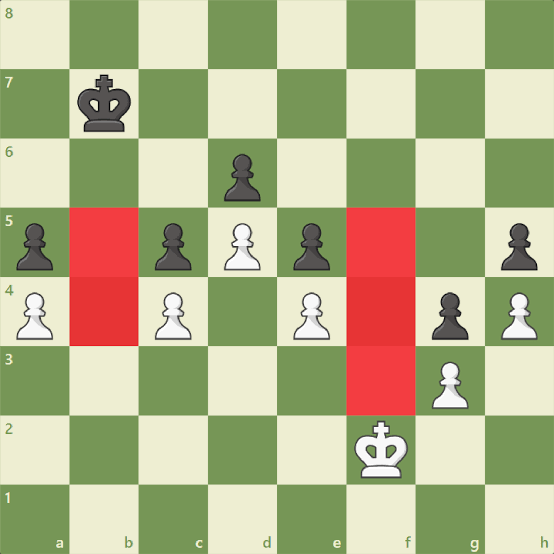
- Draw by repetition: The rule is that when two players repeat the same position three times consecutively the game is a draw. Hence, it is called draw by repitition.
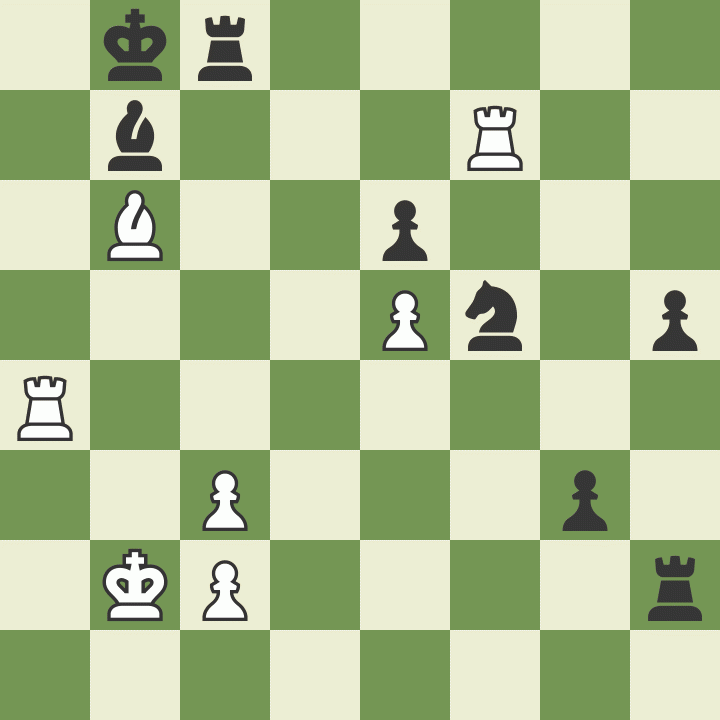
- Draw by Stalemate: This happens when it is your opponents turn to move and there's no legal move available for him to make again. This is arguably the most annoying
type of draw you want to see when you are in a winning position.😡 It dissolves all your dreams of winning the game in a second and your opponent is just so happy to have that.🤪🤪🤪 Hence the saying: "Stalemate is never your mate."😂
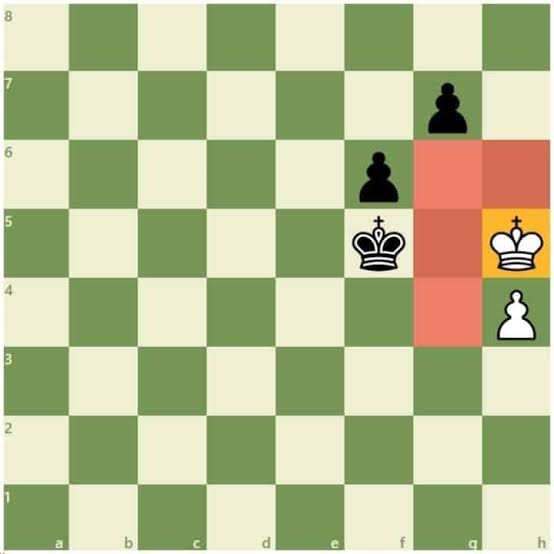
- Draw by insufficient material: This happens if there are no sufficient materials on the board to checkmate the enemy king. E.g A king and Knight v. King or A king and a
bishop v. King. I do get questions like is two bishops v. Lone enemy king a draw by insufficient material? The answer is no! This is because two Bishops are capable of mating an enemy king. I will not go into details however since that is not the theme of this article.
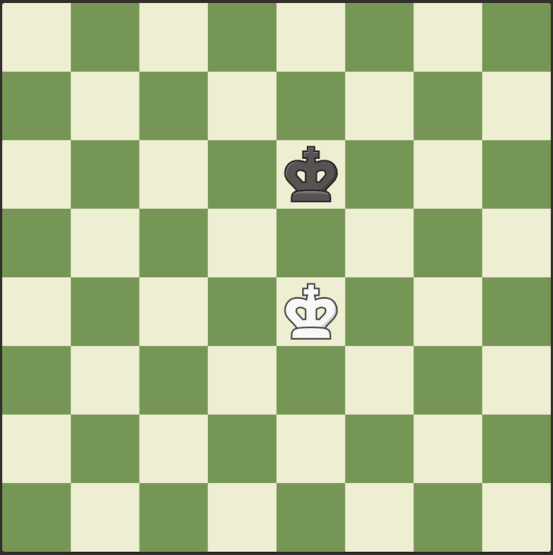
- Draw by timeout vs insufficient material : This is a new form of draw which has evolved but is very much uncommon. It occurs when a player has enough materials to mate his
helpless opponent who does not have enough material to prevent a checkmate but does not have time on the clock to do so. Instead of calling it a loss for the player with sufficient materials to mate
the opponent, it will be regarded as a draw.
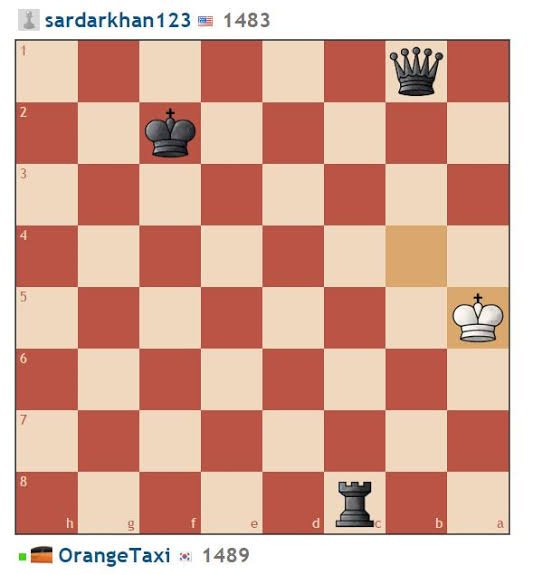
**The Art of offering draws in over the board tournaments. **
Lack of experience playing over the board tournaments makes some players think all draws have the same patterns. This is because draws in online games are automatically done by the computer. However, this is not so in over the board tournaments.
Each draw pattern has its own peculiar way of reaching it and if you get it wrong you might lose your match eventually.
In this article, I will give you five guidelines as it relates to different types of draws in over the board tournaments. They are:
- Only offer draw when it is your turn to move. It is considered a very bad idea for a player to offer draw when it is not his turn to move which could be construed as a deliberate shady attempt to interrupt your opponent's thinking process. This could earn you a sanction from the tournament director depending on how grievous
your interruption looks. The proper way to offer a draw is to (i)make a move (ii) offer draw (iii) punch your clock (iv) wait for your opponent to either accept or reject your draw offer. This is considered an ethical way of reaching a draw by agreement in an over the board chess
match. Note that you can actually make a draw offer before you make a move but a smart opponent will ask you to make your move first and he will consider your draw offer. If you make a move that forces mate in 3 moves, he will happily accept your
draw and if you look confused and blunder your piece he will give you a wizard smile and beat you up. For your own protection, try hard to find the move that suits the imbalances that exist on the board, make your draw offer and click the clock.
- In cases of draw by repitition, where the position has repeated itself twice and your opponent has moved, what you should do to get a draw here is to clearly write the move you want to make down on your score sheet, pause the clock and call the tournament director that
the same position has repeated itself twice and it will repeat itself the third time based on what you have written down. Note: don't make the move yet before you call the tournament director. All you should do is to write down the move and show him and the game will end in a draw.
- It is also considered a bad idea if you are making a draw offer to a far stronger opponent. You ask me why?🤷
The reason is that if the god-like opponent needs a draw from you he will definitely offer it. Believe me! Another reason is that imagine you are 1700 rated player and you are paired against a Grandmaster, why doubt your own position and offer draw from a winning position?
If the position is equal, play out your game well and give it absolutely concentration. No one will praise you for drawing a Grandmaster, not even your girlfriend will.
You might also want to know that if you are worse and you are offering draw to a far superior opponent it is considered an insult and a deliberate attempt to bother him.
- Don't offer draw unless there's simply nothing left in the position and don't accept a draw unless the board is devoid of play or if you are seriously worse. The only time you should be thinking about a draw is when you are about 0.5 better
than your opponent. This is
considered as a drawing line and the match may eventually end in a draw. I remember a game of mine against this 2200 rated player. My rating was just arriving at 1800 at this time. I played the French defense exchange variation. After about 30
moves, I saw that my edge could not
even be up to -0.4 if anylysed by the engine(I played the black pieces). So I made a draw offer and he rejected. Two moves later he made inaccuracies and my edge increased -1.7 already( I analyse all my games after playing). The opponent realized I had an edge an offered
draw again. I rejected it and beat him up. Hahaha. I knew he must be so pissed and angry but that's because he didn't appreciate my knowledge about draw offers.🤪🤪
- When offering a draw, make sure you record it that you made an offer or that your opponent just made an offer or the Tournament Director is there to witness that. This is very important. Jeremy Silman narrated a true story of two tournament players. White made a draw offer to
black. Black had to spend about 50minutes of his time to think about the offer. When he had 20 seconds left on the clock he offered an handshake and said I accept draw. White in confusion said "which draw? I never made a draw offer!🙄🙄"
The torunament director intervened
to settle the argument and it was only the fact that Silman was there to testify to the fact that he witnessed it when white made the draw offer. It could otherwise have been a lost game for the player with the black pieces.
Note: Draw by timeout and Draw by insufficient material are automatic and does not require any peculiar format.
I hope you find this article very useful in improving your knowledge of over the board chess. And I wish you victory in your next over the board chess. Thanks for reading. ❤️
There is one more way to draw a game according to FIDE rules: the 50 move rule. I think you missed it :)
It's interesting content. Speaking of etiquette, good curation on Hive also has its etiquette. To improve your post and your ratings, consider adding the sources you used. Apparently, there's a Jeremy Silman quote in your post, but it's not clear which part is the quote and which part is your content. I also noticed that some of the images are present on other websites. Consider giving credit where credit is due.
Good one. Thanks for the correction.
As I'm not a chess player like this and I'm enjoying this, won't I learn lydis
As per say you be boss I go teach you for free. 😁😁😁
Congratulations!
✅ Good job. Your post has been appreciated and has received support from CHESS BROTHERS ♔ 💪
♟ We invite you to use our hashtag #chessbrothers and learn more about us.
♟♟ You can also reach us on our Discord server and promote your posts there.
♟♟♟ Consider joining our curation trail so we work as a team and you get rewards automatically.
♞♟ Check out our @chessbrotherspro account to learn about the curation process carried out daily by our team.
Kindly
The CHESS BROTHERS team